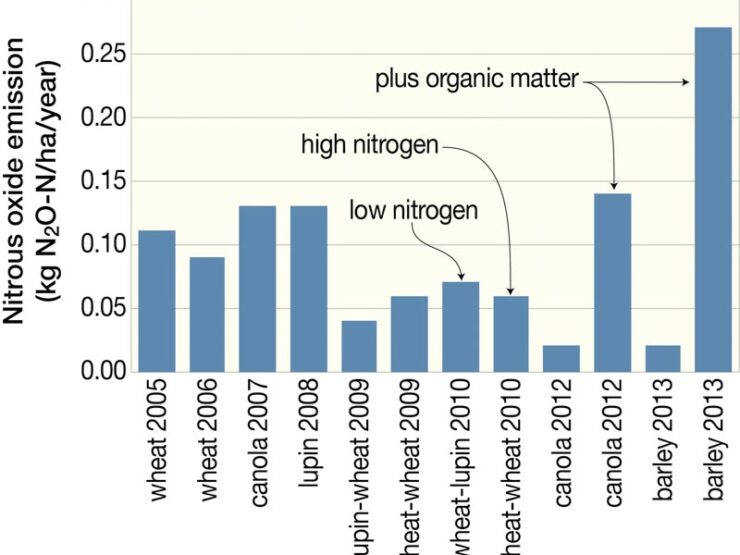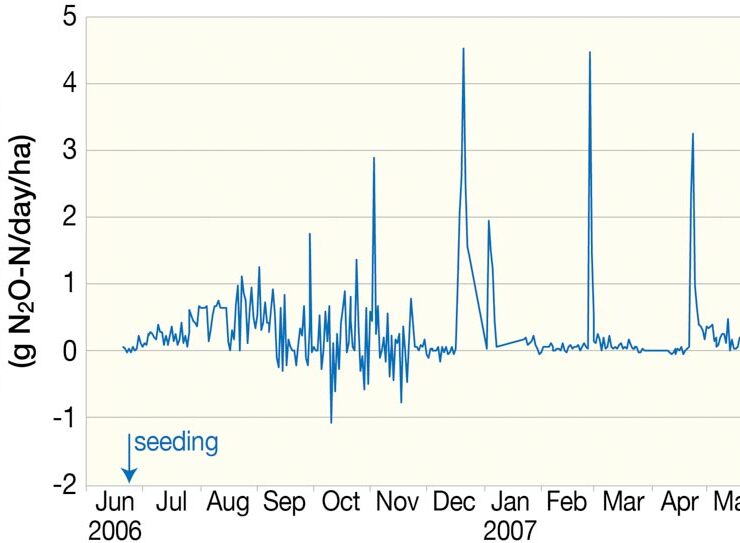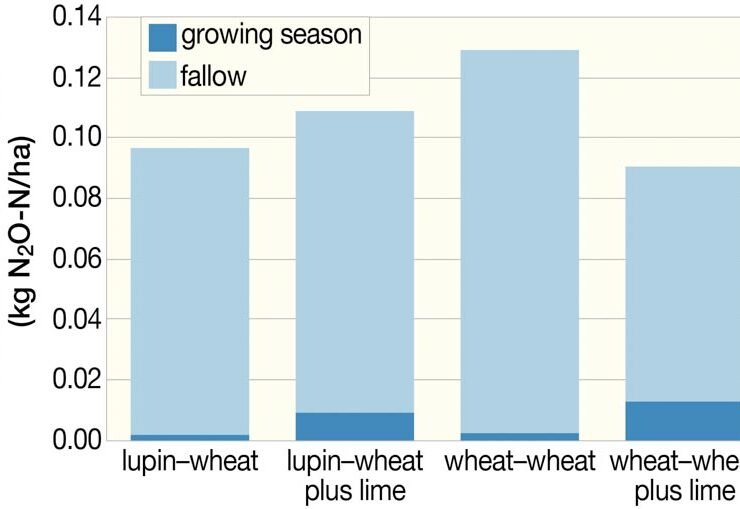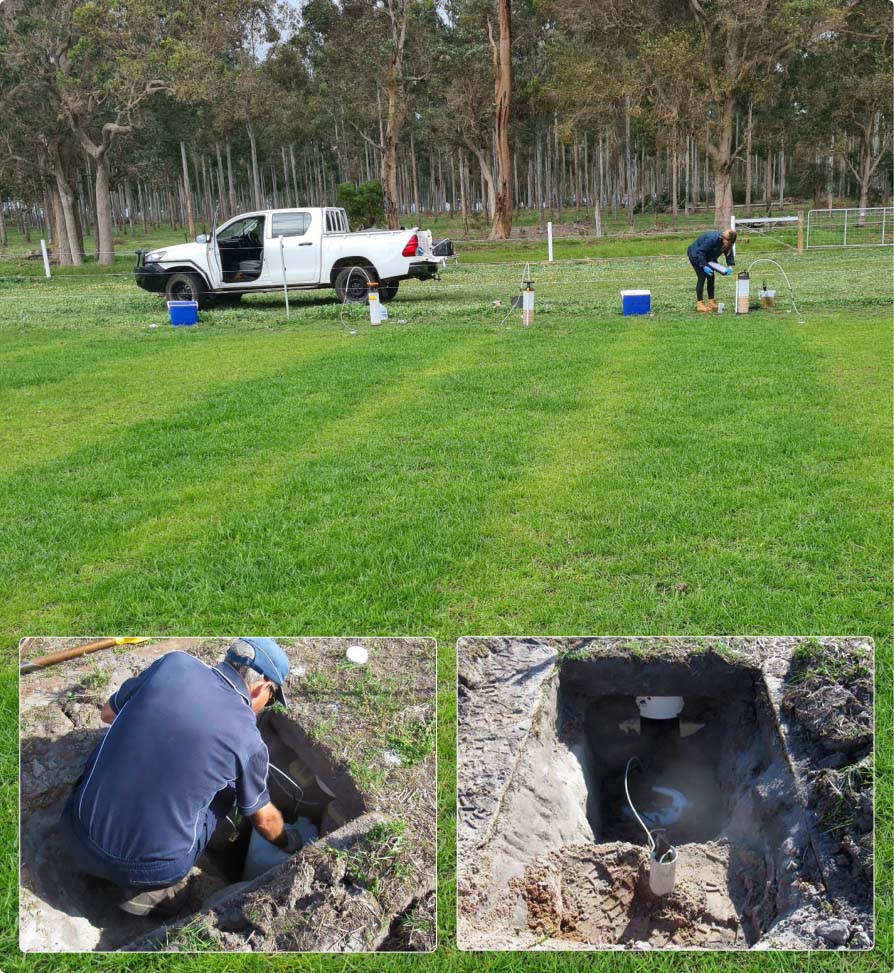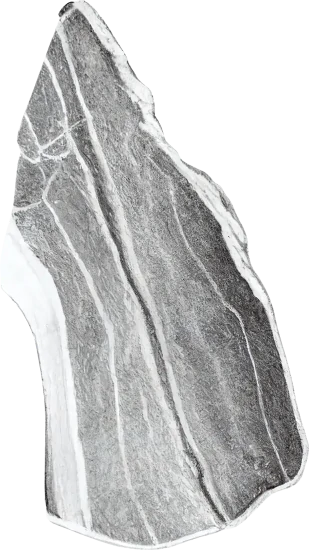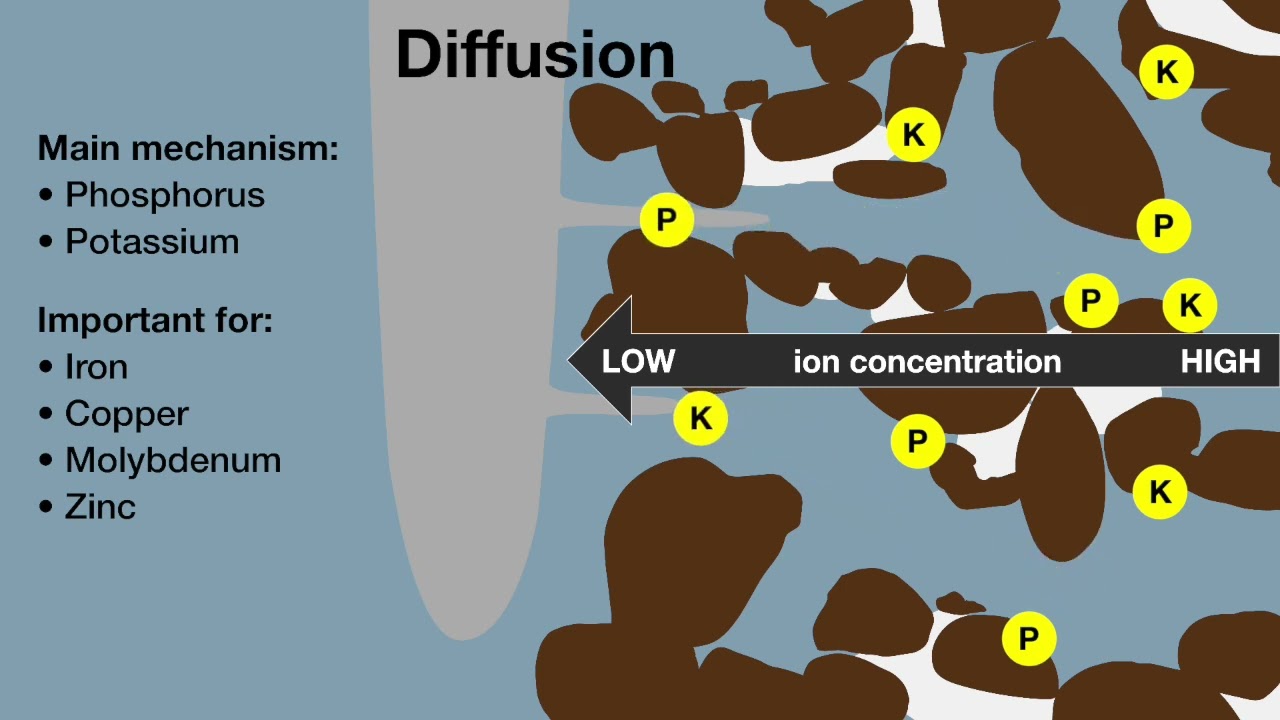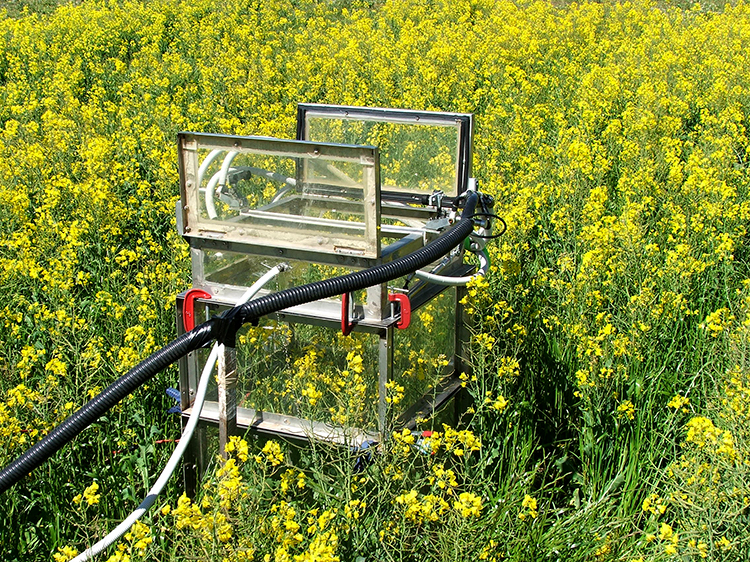Date
2023/08/31
Duration
5 min read
ebook
Soil Quality: 10 Plant Nutrition
Organisations
SoilsWest
The University of Western Australia
Department of Primary Industries and Regional Development
Grains Research and Development Corporation
Murdoch University
Authors
Louise Barton
Aim: Quantify the extent and timing of nitrous oxide emissions from Western Australian cropping soil and investigate strategies for minimising these greenhouse gas losses.
- Soil type: Sand over clay (duplex), deep yellow sand
- Average annual rainfall: 291-374 mm
How much N2O is emitted from N-fertilised crops?
Annual losses from typical N-fertilised cropping soils in Western Australia have ranged from 0.02 to 0.13 kg N2O-N ha-1 yr-1. The proportion of N fertiliser emitted as N2O after a year, and correcting for the ‘background’ emission (no N fertiliser applied), has ranged from 0.01 to 0.06%.
When is the greatest risk of N2O emissions?
The greatest N2O emissions from Western Australian cropping soils has occurred following harvest and in response to summer-autumn rainfall when the soil is fallow. This is because the soil was warm and the rainfall enhances soil organic matter mineralisation, increasing the soil mineral N pool at a time when there was no plant growth. As a result, post-harvest N2O emissions have contributed 55 to 85% of annual N2O emissions.
Does growing a grain legume increase N2O emissions?
Growing lupins did not enhance N2O emissions during the growing season in comparison to the soil that was not cropped (bare) or cropped to wheat, with annual emissions ranging from 0.002 to 0.05 kg N2O-N ha-1 yr-1. Incorporating grain legumes in cropping rotations did not increase cumulative N2O emissions from the lupin-wheat cropping rotation in comparison to the wheat-wheat cropping rotation; total cumulative N2O losses were approximately 0.1 kg N2O-N ha-1 two years for both rotations when averaged across a liming treatment.
Will increasing soil organic carbon increase N2O emissions?
Directly increasing soil organic matter by incorporating crop residues at Buntine in the northern grainbelt increased N2O emissions during a 2.5 year study. However, emissions were still low by international standards (<0.12% of the N fertiliser applied).
What strategies can decrease N2O emissions?
Raising the soil pH was an approach proposed for mitigating N2O emissions that occur following summer-autumn when the soil is fallow. At Wongan Hills applying lime decreased N2O emissions from a two-year cropping rotation (wheat-wheat) with a history of annual N fertiliser applications, but had no effect on a two-year cropping rotation that included a grain legume (lupin-wheat).
References
ebook Soil Quality: 10 Plant Nutrition
Scanlan C, Bell R, Weaver D, Borrett R and Cheng M (2023).






